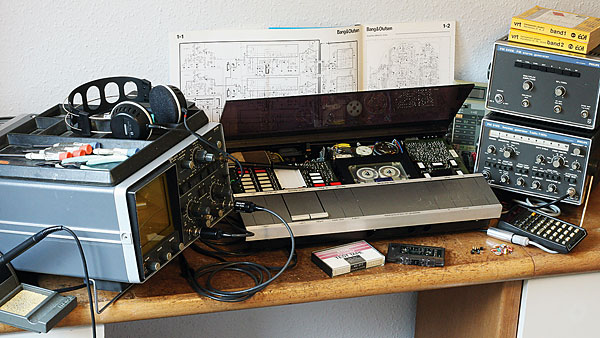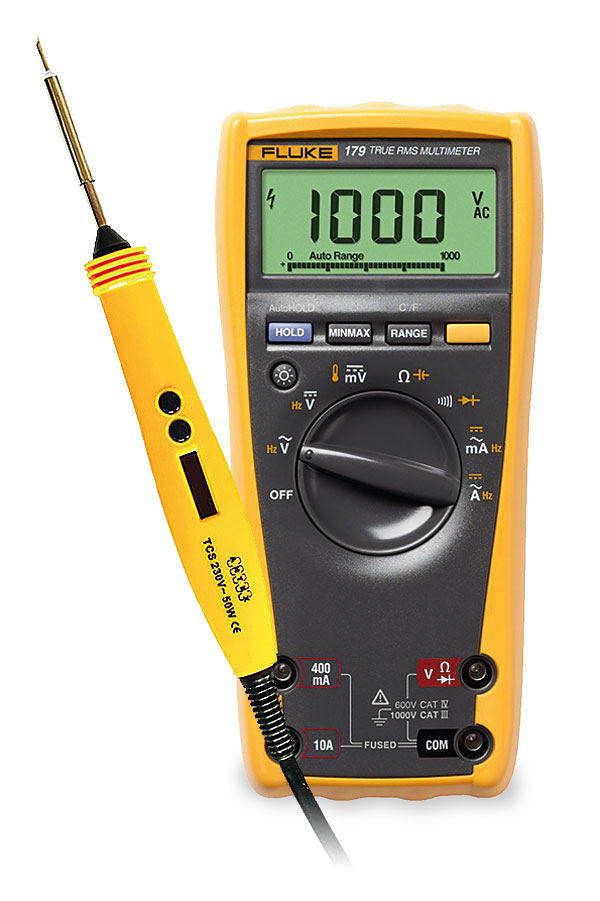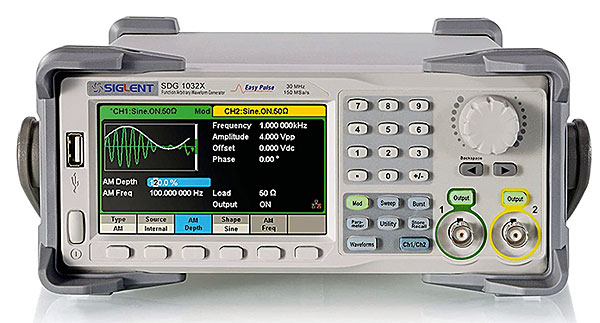Repairing Vintage Hi-Fi Setting Up a Workshop
A good workshop evolves over time, so assembling one from scratch is a question of setting priorities. Basic hand tools are a must, but don't waste money on cheap ones. Rather, always buy the best you can afford.
Hi-fi equipment is often assembled with a mixture of Phillips and Pozidrive crosshead screws. They look much the same, but the shape of the cross is slightly different. Use of the correct tool ensures that the screw heads don't get damaged.

As well as screwdrivers (flat, Phillips, Pozidrive, hex and Torx) you will need some fine pliers, cutters and a set of spanners (combination and box) covering approximately 4mm to 13mm (including 5.5mm, which is a very common size in hi-fi).
Soldering is another important part of repairing electronics. Start by practicing on old scrap boards, not your treasured equipment. Don't pick an iron which has a tip that is too small because it won't carry enough heat to the work. A temperature-controlled iron is desirable, the Antex TCS model being a good choice for audio work. This model also has a wide range of tips available for it.

As for test equipment, most novices need just three things: a multimeter, an oscilloscope and a signal or function generator. The most important of these is the meter, modern digital ones combining the functions of what once required a number of separate instruments.
For audio work you will need true RMS (root mean square) reading of AC voltages at least up to 1kHz, resistance measurement up to 10Mohm and the ability to check semiconductor junctions. Useful extras are a capacitance measuring function (1µF to 2000µF) and a frequency counter covering the audio band. The Fluke 179 'True-RMS' multimeter, although not cheap, is ideal.
Of the more exotic test instruments, an audio oscillator (a signal or function generator) is useful when it comes to checking amplifiers and tape recorders. They are expensive if bought new, but can represent good value if acquired secondhand. Here, 10Hz to 100kHz is a basic frequency coverage requirement. If your meter has the ability to measure frequency you can verify the calibration against that.

Higher frequency generators for tuner alignment are needed less often, now that the majority of tuners use ceramic IF filters. An oscilloscope is unlikely to be used much, other than for repairing CD players and tape recorders. A DC-20MHz+ model will cover all the simpler tasks, but for Compact Disc work in particular, 50 or even 100MHz coverage may be required.

























































